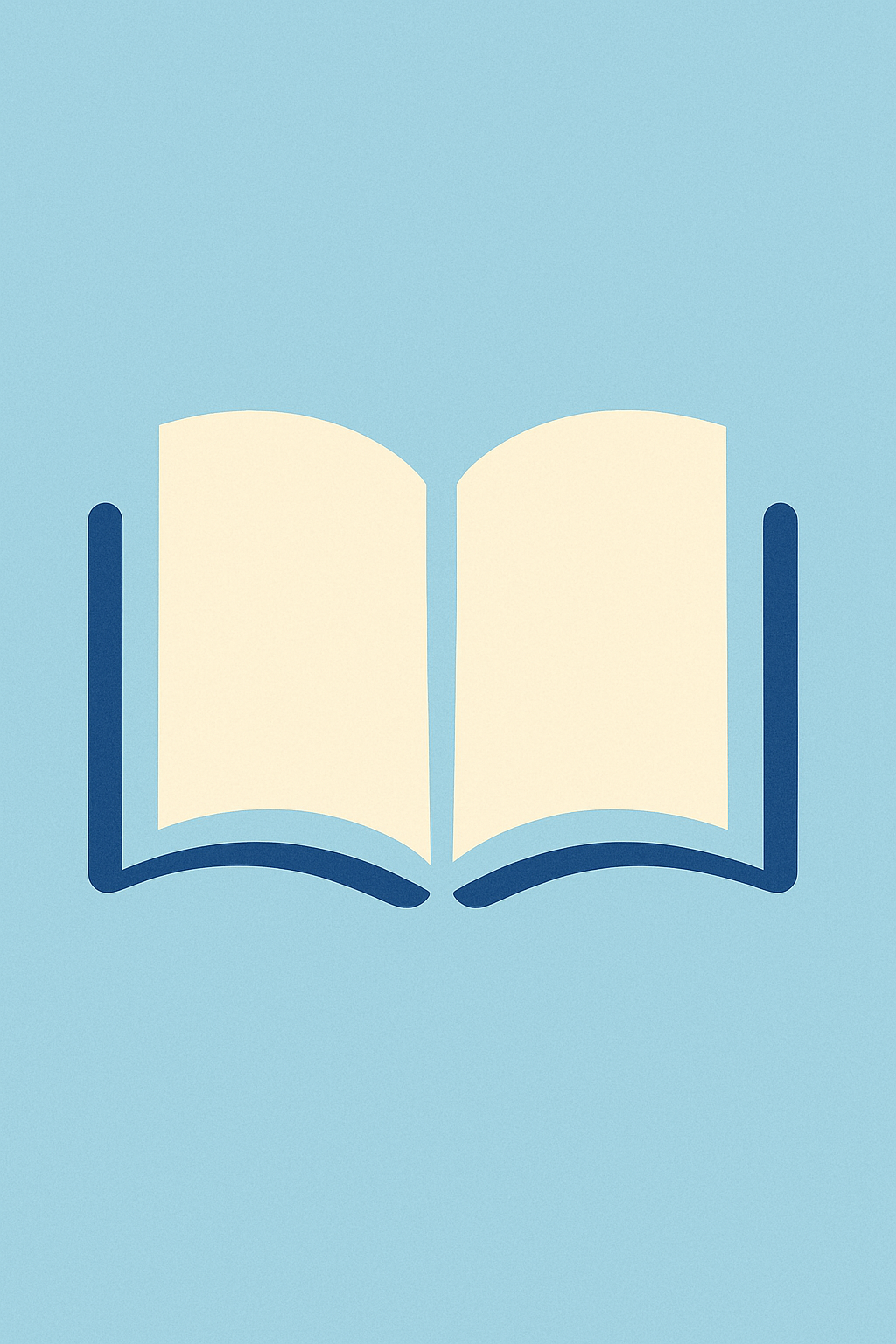
Feasibility Study: Behavioral Science Teacher Education Program
References and Quotes
The Behavioral Science Teacher Education Project identified the future as one "in which a small elite" will control all important matters, one where participatory democracy will largely disappear. Children are made to see, through school experiences, that their classmates are so cruel and irresponsible, so inadequate to the task of self-discipline, and so ignorant they need to be controlled and regulated for society’s good. Under such a logical regime, school terror can only be regarded as good advertising. It is sobering to think of mass schooling as a vast demonstration project of human inadequacy, but that is at least one of its functions.
The second document, the gigantic Behavioral Science Teacher Education Project, outlined teaching reforms to be forced on the country after 1967. If you ever want to hunt this thing down, it bears the U.S. Office of Education Contract Number OEC-0-9-320424-4042 (B10). The document sets out clearly the intentions of its creators—nothing less than "impersonal manipulation" through schooling of a future America in which "few will be able to maintain control over their opinions," an America in which "each individual receives at birth a multi-purpose identification number" which enables employers and other controllers to keep track of underlings and to expose them to direct or subliminal influence when necessary. Readers learned that "chemical experimentation" on minors would be normal procedure in this post-1967 world, a pointed foreshadowing of the massive Ritalin interventions which now accompany the practice of forced schooling.2
The story of the BSTEP document and the Delphi Technique, two elements in this initiative, is told in Beverly Eakman’s Educating for the New World Order, by a former Department of Justice employee. The book offers an accessible, if somewhat breathless, passage into the shadow world of intrigue and corporate shenanigans behind the scenes of schooling. Also worth a look (and better edited) is Eakman’s Cloning of the American Mind. Whatever you think of her research, Miss Eakman turns over some rocks you will find useful.
When stage theory was entering its own golden age in the late 1960s, behaviorism was already entrenched as the psychology of choice. The federal government’s BSTEP document and many similar initiatives to control teacher preparation had won the field for the stimulus-response business. So much money was pouring into psychological schooling from government/corporate sources, however, that rat psychologists couldn’t absorb it all. A foot-in-the-door opportunity presented itself, which stage theorists scrambled to seize.
Important milestones of the transformation were: 1) an extensive government exercise in futurology called Designing Education for the Future, 2) the Behavioral Science Teacher Education Project, and 3) Benjamin Bloom’s multivolume Taxonomy of Educational Objectives1, an enormous manual of over a thousand pages which, in time, impacted every school in America. While other documents exist, these three are appropriate touchstones of the whole, serving to make clear the nature of the project underway.
The Behavioral Science Teacher Education Project, published at the peak of this violence, informed teacher-training colleges that under such circumstances, teachers had to be trained as therapists; they must translate prescriptions of social psychology into "practical action" in the classroom. As curriculum had been redefined, so teaching followed suit.